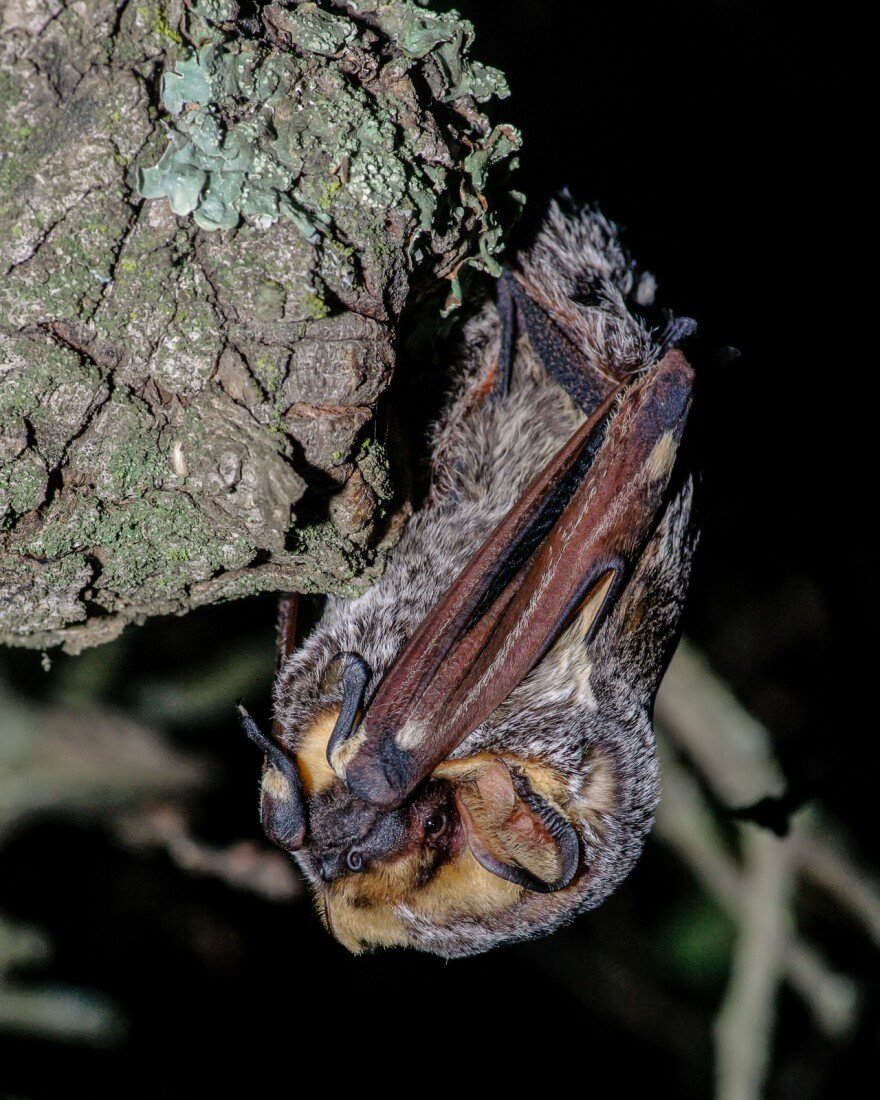Adopt the Hoary Bat
Protection Status
Federal: Not Listed
New York: Not Listed
Connecticut: Not Listed
Massachusetts: Not Listed
Pennsylvania: Not Listed
New Jersey: Not Listed
Vermont: Not Listed
About the Hoary Bat
The Hoary Bat (Lasiurus cinereus), known for its beautiful fur with a frosty, silver appearance, is one of the tree bat species in our region, migrating to warmer temperatures through the winter. These solitary bats primarily roost in trees, where only single individuals or females with young are found. Despite the abundance of roost sites, the overall population size isn't necessarily large, and current trends suggest a potential decline.
Hoary bats inhabit a wide range of environments, from natural forests to urban areas with large trees. Although deforestation has reduced some habitats, these bats can adapt to managed forests and even semi-urban spaces.
In the summer, hoary bats are found throughout North America, with different gender distributions in various regions. Females are more prevalent in the eastern United States, while males are common in the western mountains. Wintering locations include the southeastern U.S., western California, and Mexico. Some bats remain as far north as the Great Lakes and southern New England during the winter months.
Unlike other bat species, hoary bats are not affected by white-nose syndrome, a fungal disease impacting many cave-hibernating bats. However, deforestation and changes in land use have reduced the available habitat for hoary bats. Where available, Hoary Bats can thrive in managed forests and areas with sufficient tree cover.
The use of pesticides to control forest pests can negatively impact hoary bats by reducing their food supply. The overall impact of pesticides on the bat population is still uncertain.
It is imperative that we work to restore and conserve forested areas for Hoary bats to thrive!




